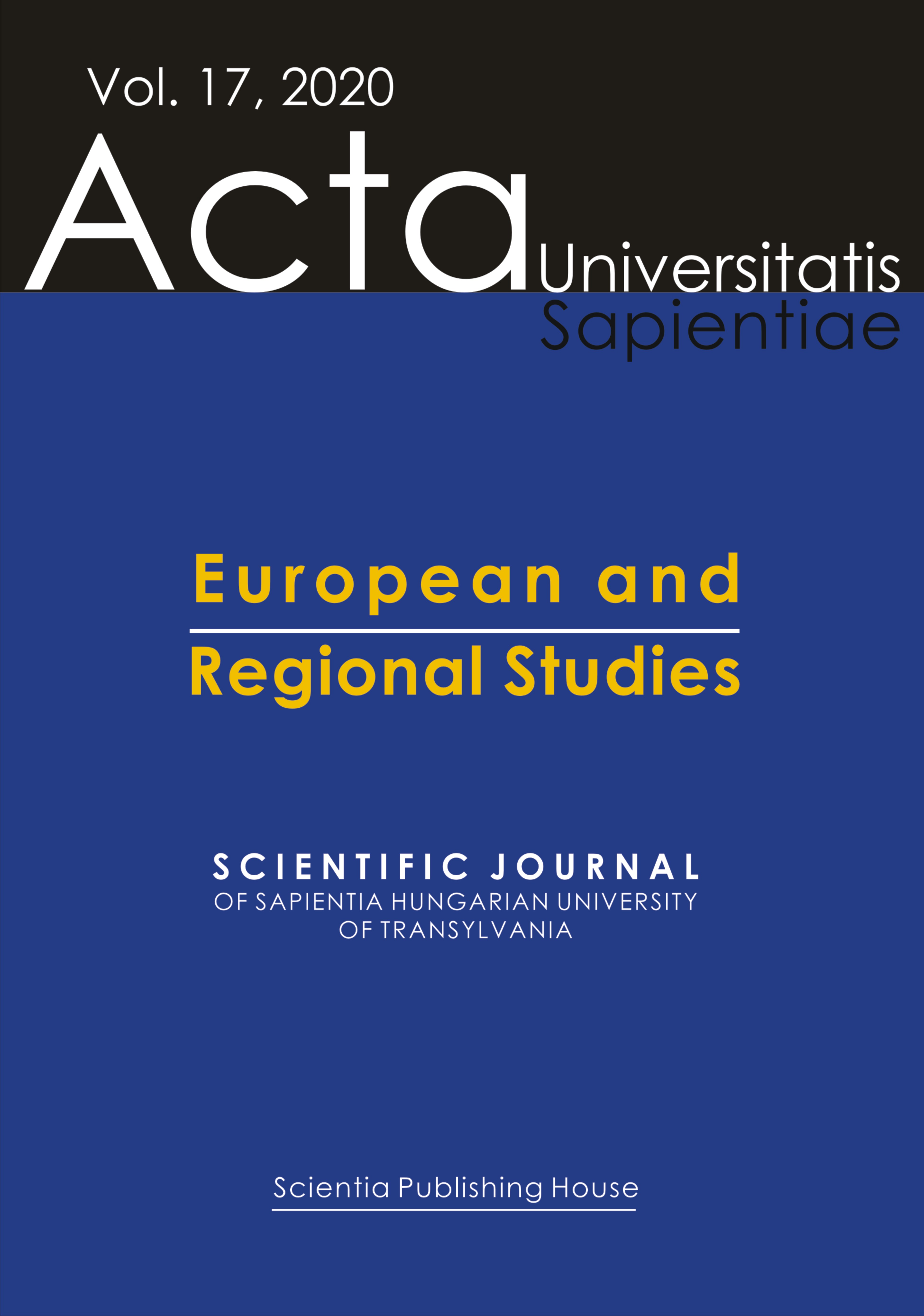Transylvanian Autonomy: Romanian and Saxon Models between the Two World Wars
Transylvanian Autonomy: Romanian and Saxon Models between the Two World Wars
Author(s): Andrea Miklósné ZakarSubject(s): Nationalism Studies, Inter-Ethnic Relations, Ethnic Minorities Studies, Geopolitics
Published by: Scientia Kiadó
Keywords: autonomy; Transylvania; decentralization; regionalism; Greater Romania;
Summary/Abstract: The establishment of Greater Romania between 1918 and 1920 induced several social, political, administrative, and economic problems in the new state. The differences between the history and traditions of the diverse parts of the country impeded the unifying centralization efforts. The peculiarities of Transylvania and the issue of the autonomous Transylvania appeared in the writings of several intellectuals and politicians between the two world wars. In addition to the Hungarian plans, Romanian and Saxon ideas were also born, emphasizing the importance and possibilities of Transylvanian autonomy. The study tries to present some aspects of the special regionalism of Transylvania between the two world wars and to analyse some Romanian and Saxon models.
Journal: Acta Universitatis Sapientiae, European and Regional Studies
- Issue Year: 2020
- Issue No: 17
- Page Range: 29-40
- Page Count: 12
- Language: English

